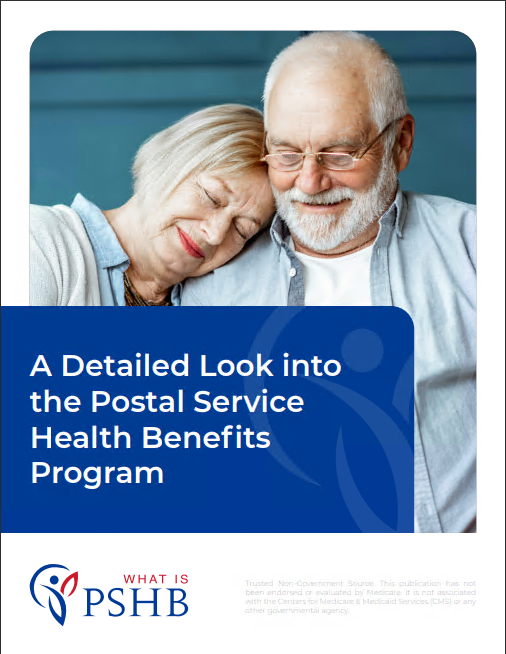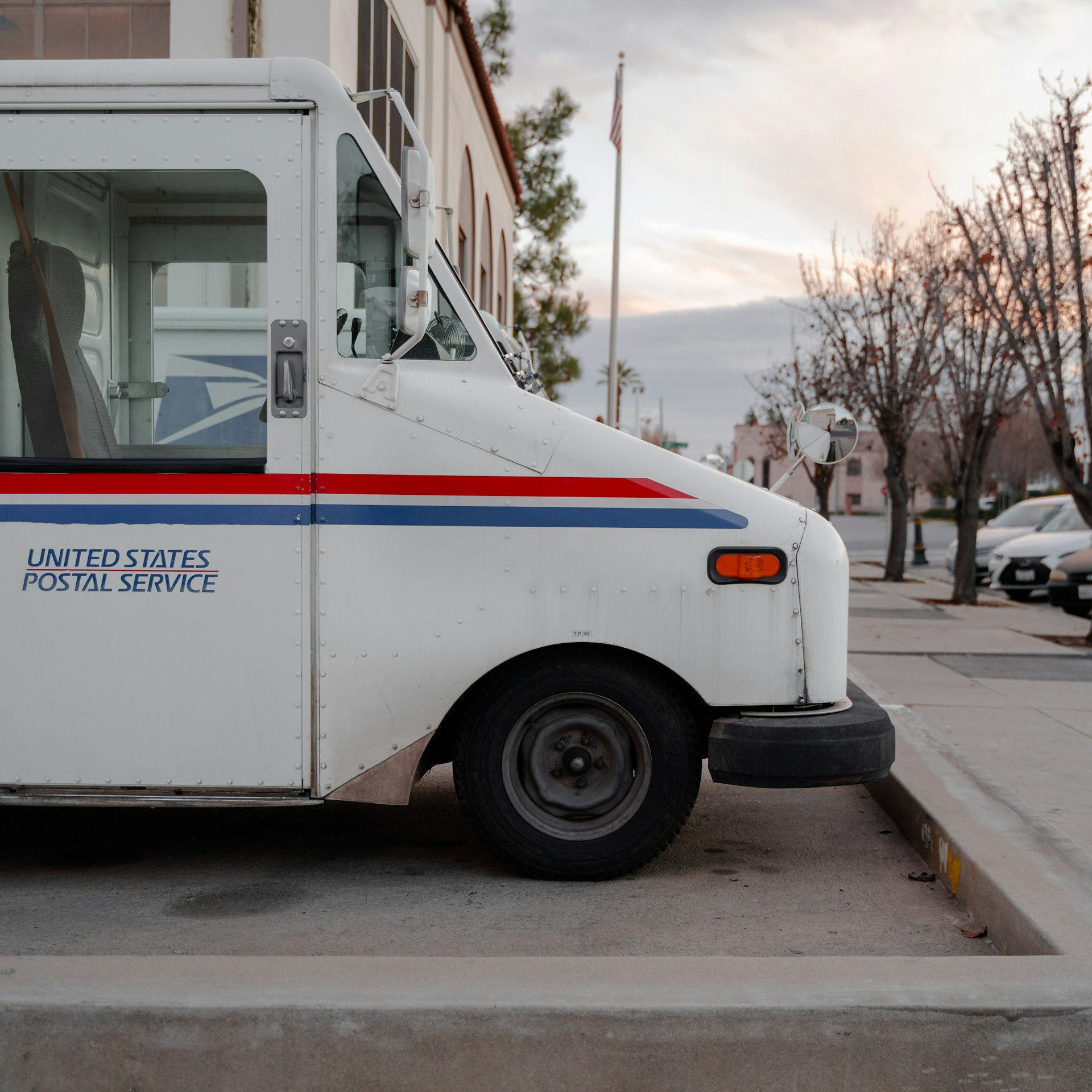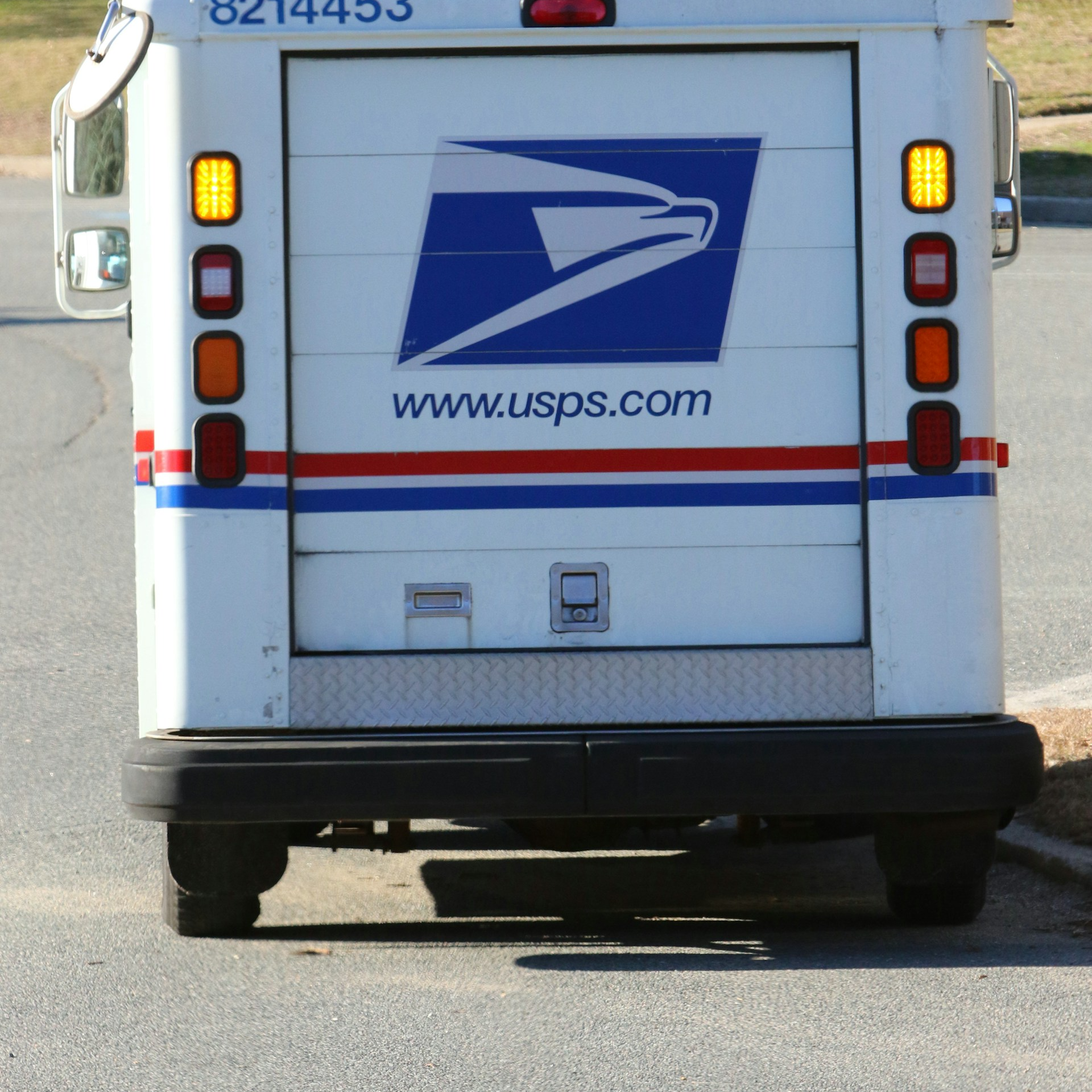Key Takeaways
-
Understanding how Medicare works with your Postal Service Health Benefits (PSHB) plan can help you save money and improve your healthcare coverage.
-
Choosing the right combination of PSHB and Medicare options ensures reduced out-of-pocket expenses and better access to services.
Know Your Options: PSHB and Medicare Basics
Postal Service Health Benefits (PSHB) plans offer robust health insurance coverage for USPS employees, retirees, and their families. However, when you become eligible for Medicare at age 65, or earlier due to certain disabilities, integrating Medicare with your PSHB plan can open doors to lower out-of-pocket costs and broader healthcare access. To make the most of your benefits, you’ll need to carefully evaluate your Medicare options.
Medicare consists of four parts:
-
Part A (Hospital Insurance): Covers inpatient care, skilled nursing facilities, and some home health services.
-
Part B (Medical Insurance): Covers outpatient care, doctor visits, and preventive services.
-
Part D (Prescription Drug Coverage): Helps cover the cost of medications.
-
Part C (Medicare Advantage): Combines Parts A and B and often includes Part D, along with additional benefits.
When you’re enrolled in PSHB, you don’t automatically lose coverage upon qualifying for Medicare. Instead, the two can complement each other, reducing your healthcare costs and filling coverage gaps. However, coordination between PSHB and Medicare depends on your enrollment choices.
Why Enroll in Medicare Part B?
As a Postal Service retiree or eligible family member, enrolling in Medicare Part B is often a requirement to maintain your PSHB coverage. Medicare Part B covers services such as outpatient care, durable medical equipment, and preventive services. For 2025, the standard monthly premium is $185, with an annual deductible of $257.
One of the advantages of enrolling in Medicare Part B is the potential for reduced out-of-pocket costs under your PSHB plan. Many PSHB plans offer lower deductibles and coinsurance rates for enrollees who have both Medicare Parts A and B. Additionally, when you’re covered by both, Medicare typically pays first, while your PSHB plan acts as secondary coverage, covering costs that Medicare doesn’t.
Key Questions to Consider:
-
Do you plan to use Medicare Part B services frequently? If so, the premium might be a worthwhile investment.
-
What benefits does your PSHB plan offer to those enrolled in Medicare Part B? Check for reduced deductibles, coinsurance, or premium reimbursements.
Medicare Part D and Prescription Savings
For prescription drug coverage, Medicare Part D is essential if your PSHB plan’s pharmacy benefits do not fully meet your needs. Starting in 2025, Medicare Part D includes a $2,000 cap on out-of-pocket drug costs, offering significant financial relief for those with high medication expenses. This complements PSHB’s prescription drug coverage, ensuring you’re protected from skyrocketing medication costs.
If your PSHB plan automatically includes a Part D Employer Group Waiver Plan (EGWP), this will likely streamline your prescription drug benefits. Be sure to review how your PSHB plan coordinates with Medicare Part D to avoid duplicating coverage.
Exploring Medicare Part C (Medicare Advantage)
Medicare Advantage plans combine the benefits of Medicare Parts A and B, often bundling Part D prescription drug coverage as well. While PSHB already provides extensive coverage, some enrollees find that Medicare Advantage plans offer additional perks, such as dental, vision, or hearing benefits. However, these perks might already be included in your PSHB plan, making careful comparison essential.
For retirees considering a Medicare Advantage plan, confirm how it integrates with PSHB coverage. Not all plans work seamlessly together, and it’s critical to understand whether PSHB will continue as secondary coverage if you choose this route.
Cost Considerations: Premiums, Deductibles, and Out-of-Pocket Limits
The key to managing healthcare costs is understanding how premiums, deductibles, and out-of-pocket maximums interplay between your PSHB and Medicare plans. Here’s what to keep in mind for 2025:
-
PSHB Premiums: Premiums vary depending on your coverage level (Self Only, Self Plus One, or Self and Family). Monthly costs typically range from $120 to $550, with the government covering about 70% of the total cost.
-
Medicare Part B Premiums: The 2025 standard premium is $185 per month. Higher-income beneficiaries may pay more due to Income-Related Monthly Adjustment Amounts (IRMAA).
-
Deductibles and Coinsurance: PSHB plans often waive or reduce deductibles and coinsurance for those enrolled in Medicare Part B. For example, a PSHB deductible of $350 may drop significantly when coordinated with Medicare.
-
Out-of-Pocket Maximums: PSHB plans have a 2025 cap of $7,500 for Self Only and $15,000 for family coverage. Medicare Part D’s $2,000 out-of-pocket cap for prescriptions further reduces financial risk.
Understanding these numbers allows you to select a combination of PSHB and Medicare benefits that minimizes your total healthcare costs.
Enrollment Deadlines and Timing
Timing is critical when integrating Medicare with PSHB coverage. Missing enrollment deadlines can lead to penalties or gaps in coverage. Here’s what you need to know:
-
Initial Enrollment Period (IEP): Your IEP lasts for seven months, starting three months before your 65th birthday and ending three months after.
-
General Enrollment Period (GEP): If you miss your IEP, you can enroll during the GEP from January 1 to March 31 each year, with coverage starting July 1. Late enrollment penalties may apply.
-
Special Enrollment Period (SEP): If you’re still working past age 65 and covered by an employer health plan, you may qualify for an SEP to enroll in Medicare without penalties once you retire.
-
Open Season for PSHB: Each year, from November 11 to December 13, you can review and change your PSHB plan. This is an excellent time to align your PSHB and Medicare coverage for the upcoming year.
Benefits of Coordinating Medicare with PSHB
Combining Medicare and PSHB coverage offers several advantages, including:
-
Lower Out-of-Pocket Costs: Medicare’s primary coverage reduces what you pay for hospital stays, doctor visits, and other services. Your PSHB plan steps in to cover remaining costs.
-
Broader Coverage: PSHB plans often include benefits not covered by Medicare, such as hearing aids, dental care, and international travel insurance.
-
Simplified Claims Process: With Medicare as your primary payer and PSHB as secondary, claims are typically processed faster and with fewer billing issues.
By leveraging both programs, you create a safety net that ensures you’re covered for both routine and unexpected healthcare needs.
Tips for Making the Right Choice
Selecting the right Medicare plan to complement your PSHB coverage involves comparing options and prioritizing your health needs. Follow these steps:
-
Assess Your Current PSHB Plan: Review your plan’s benefits, premiums, deductibles, and out-of-pocket maximums.
-
Evaluate Medicare Options: Determine which parts of Medicare (A, B, C, or D) provide the most value based on your medical needs and budget.
-
Compare Costs: Look at the combined cost of Medicare premiums, PSHB premiums, and potential out-of-pocket expenses.
-
Check for PSHB Incentives: Some plans offer incentives, like premium reimbursements, for Medicare enrollees.
-
Review Plan Details Annually: During Open Season, ensure your coverage aligns with your current health and financial situation.
Make the Most of Your Coverage in 2025
Integrating Medicare with your PSHB plan is a strategic way to reduce healthcare costs while maintaining comprehensive coverage. By enrolling in the right Medicare parts, understanding your PSHB benefits, and staying informed about deadlines, you can create a seamless healthcare experience that meets your needs.
Take advantage of available resources, such as plan brochures and online tools, to help guide your decisions. And remember, it’s worth spending the time to carefully evaluate your options—your health and wallet will thank you.













